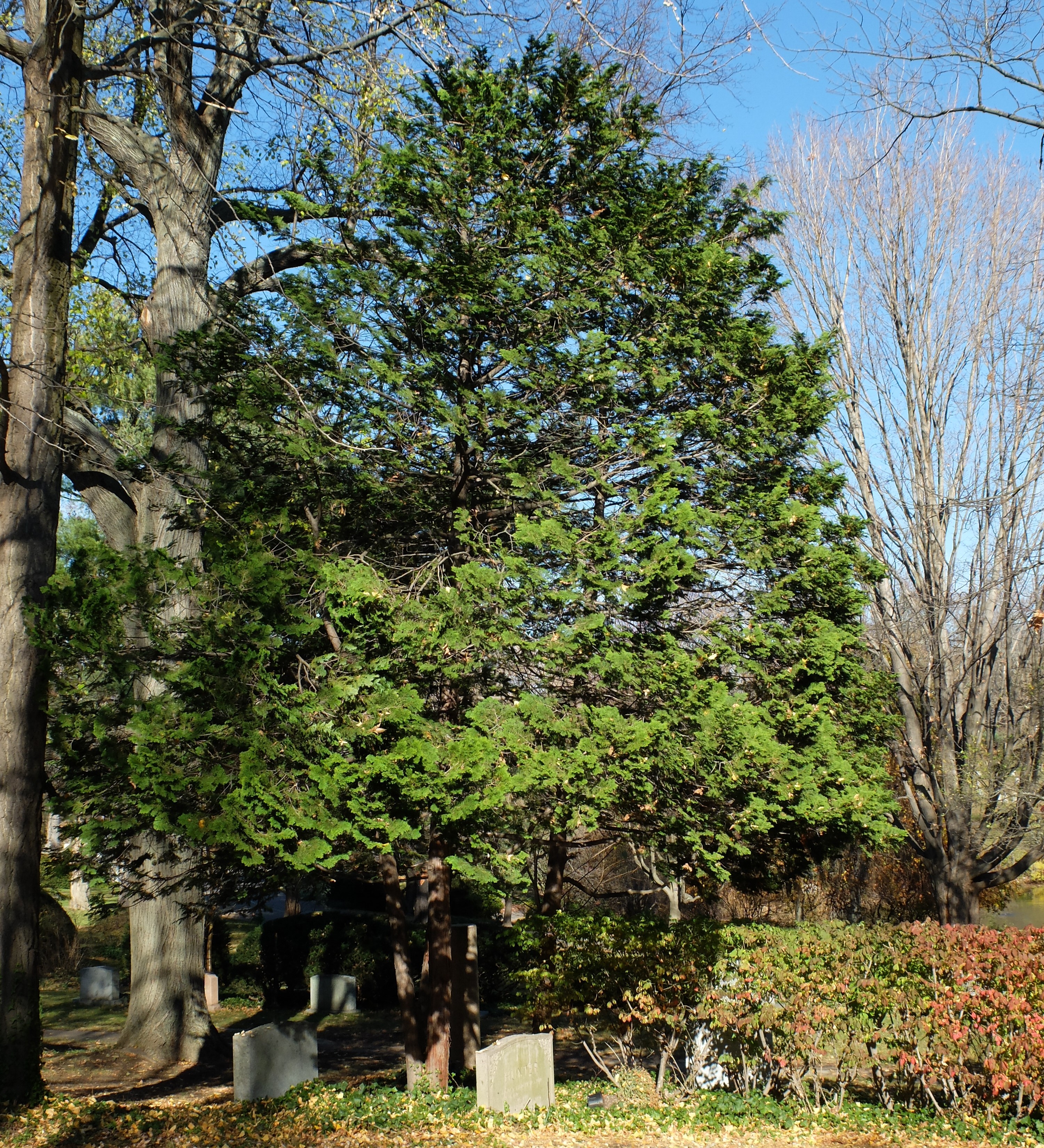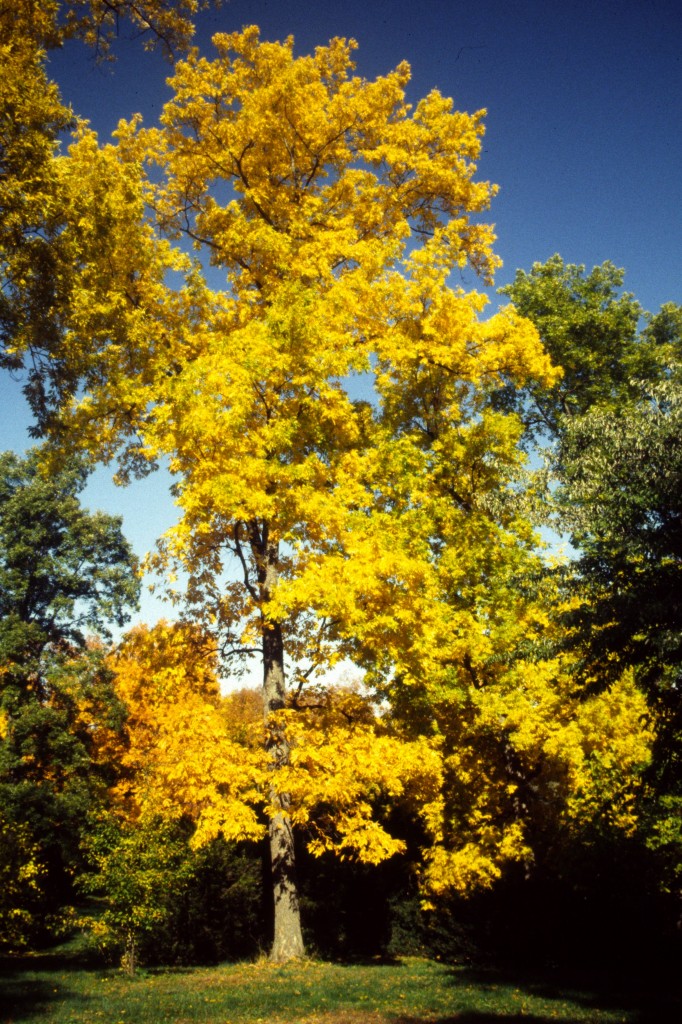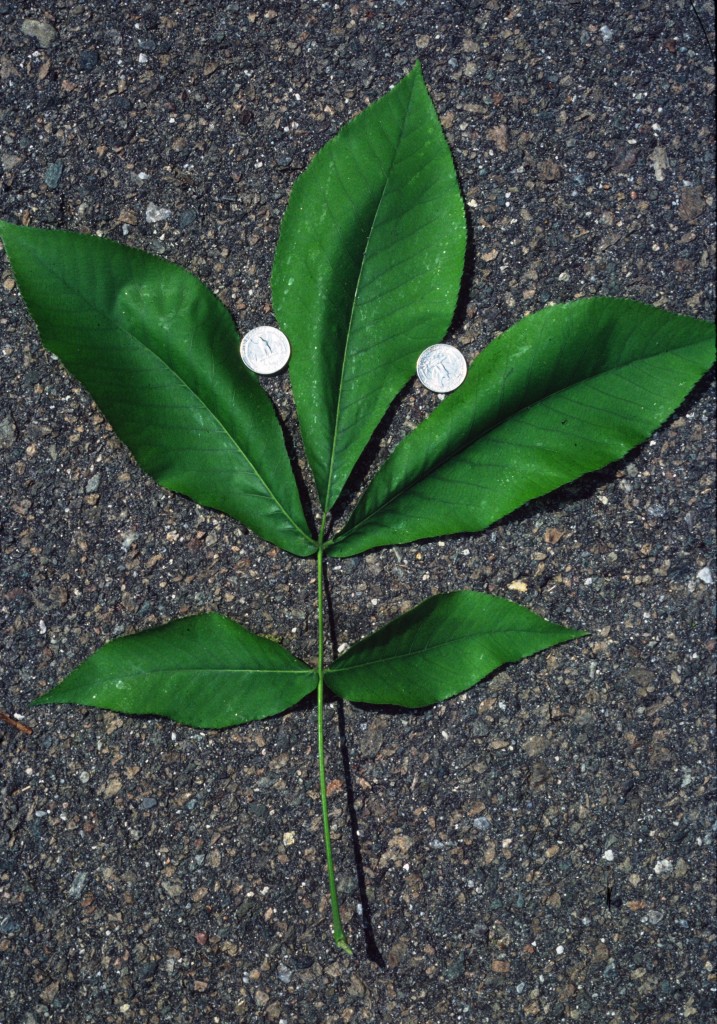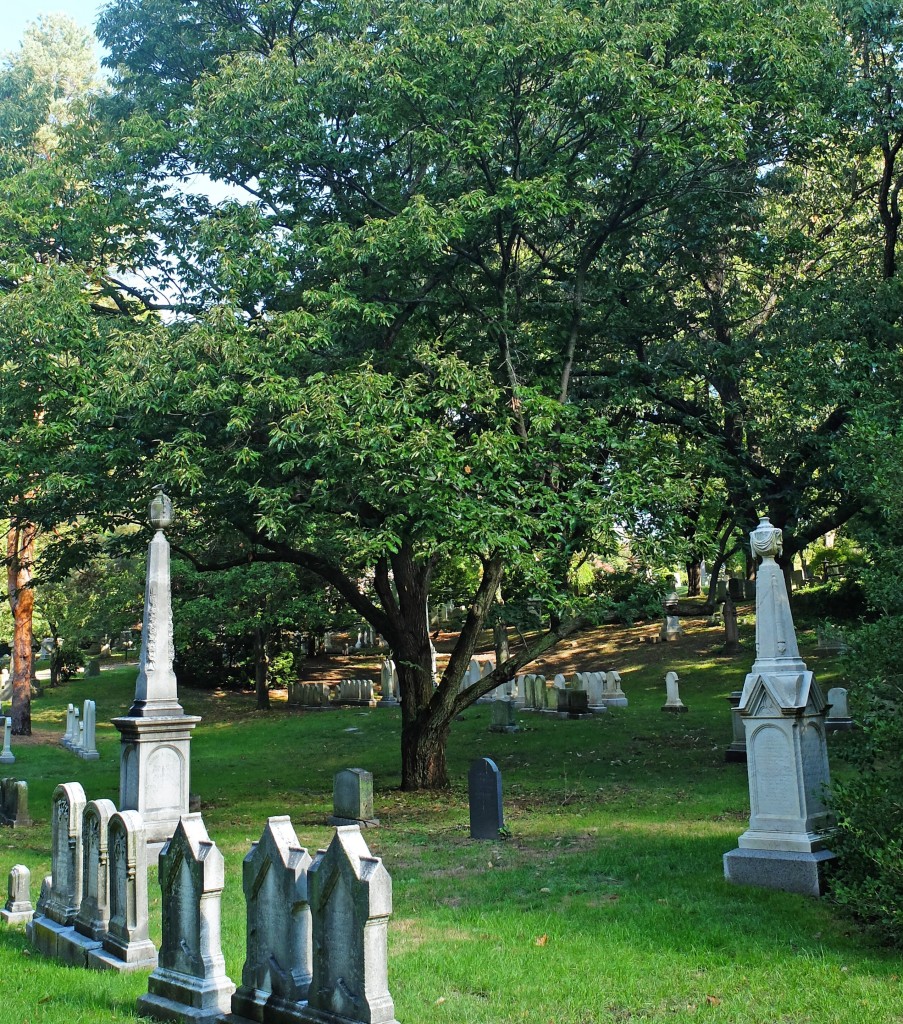Dawn redwood, Metasequoia glyptostroboides
…I am adorned in the russet-brown message
the soul brings from its coming-to-be…
-Jay Wright
 November brings a continuation of our colorful autumn foliage even as some earlier brilliantly colored maples, dogwoods and others have now shed their leaves. Dawn redwood, Metasequoia glyptostroboides elegantly enhances its growing space throughout the calendar year, but the rich, changeable autumn color, yellow-brown, apricot, russet-brown, causes many people to stop, pause, and ponder, “What is that tree?”
November brings a continuation of our colorful autumn foliage even as some earlier brilliantly colored maples, dogwoods and others have now shed their leaves. Dawn redwood, Metasequoia glyptostroboides elegantly enhances its growing space throughout the calendar year, but the rich, changeable autumn color, yellow-brown, apricot, russet-brown, causes many people to stop, pause, and ponder, “What is that tree?”
That may have been a similar thought occurring to several different Chinese foresters and forestry professors seventy-to-seventy-five years-ago. In that relatively brief space of time, honest excitement was generated in the international spheres of forestry, botany and horticulture, as this formerly unrecorded genus actually amazed some in the scientific world. Even our Boston newspapers would ultimately include headlines such as, “Extinct Tree Yields Seeds for America” and “Fossil Tree Found Alive.” (more…)
Chinese chestnut, Castenea mollissima
Chestnuts are falling, autumn calling…
Mark Heathcote
True chestnuts are in the genus Castanea, which worldwide includes only eight or nine different species of deciduous trees and shrubs. Here at Mount Auburn we grow Chinese chestnuts, Castenea mollissima. In October you may come upon the curiously noticeable fruits (nuts) on the ground beneath these trees. Noted plantsman Michael Dirr in his Dirr’s Hardy Trees and Shrubs aptly describes them, “The edible nuts are borne two to three together in a prickly structure not unlike a mini-porcupine.”  As with all plants, these fruits were preceded by their successfully fertilized flowers. Occurring mid-to-late June, each tree develops separate male and female flowers. The ornamentally visible male, or staminate, flowers are pale yellow or cream colored, cylindrically clustered along erect catkins, 3-to-8-inches long. These male flowers are very aromatic, although many say this odor is unpleasant. Separate less visible female flowers found at the base of some male catkins, may eventually produce the prickly burr covering the nuts. (more…)
As with all plants, these fruits were preceded by their successfully fertilized flowers. Occurring mid-to-late June, each tree develops separate male and female flowers. The ornamentally visible male, or staminate, flowers are pale yellow or cream colored, cylindrically clustered along erect catkins, 3-to-8-inches long. These male flowers are very aromatic, although many say this odor is unpleasant. Separate less visible female flowers found at the base of some male catkins, may eventually produce the prickly burr covering the nuts. (more…)
Hinoki Falsecypress, Chamaecyparis obtusa

…A nature passionate and bold,
Strong, self-concentrated, spurning guide,
Its milder features dwarfed beside
Her unbent will’s majestic pride.
John Greenleaf Whittier
Hinoki Falsecypress, Chamaecyparis obtusa is a beautiful evergreen conifer, native to Japan, where there are majestic individuals over 500-years-old. This tree may reach 50 to 75-feet in height, although there are many compact, and dwarf-sized, cultivated varieties used in landscapes. The etymology derived from Greek is chamai meaning on or of the ground, and kyparissos meaning cypress tree. The rich, dark green, scale–like leaves are blunt at their apex, hence the Latin name obtusa. (more…)
Hickory

…But owls,
hid in a hickory, will hoot all day,…
– Andrew Hudgins
The word Hickory comes from the Algonquian pohickery or pawhiccorri. Hickories are in the genus Carya, which includes about 18 species of deciduous trees, native to North America and eastern Asia. The genus Carya is part of the walnut family, JUGLANDACEAE, whose members reproduce themselves through nut-like drupes.

Carya ovata leaf
Hickory leaves are large and compound, with 5 to 17 leaflets (varied by species), each with toothed margins. These leaflets are arranged in twin rows, each row opposite another, with a single odd leaflet at the tip. Hickory wood is strong, hard, and stiff. Historically of high preference for ax handles, this was also prized for wagon parts, such as wheel hubs. Many covered wagons rolled westward, and trotting sulkies won races with hickory hubs. It is still found in modern ax and hammer handles, ladder rungs, golf club shafts, cross-country skis, drum sticks, and deep-sea fishing rods. All hickories are at the top of the list, along with white oak and black locust, of desirable firewood, when comparing heat generated per cord of wood. (more…)

